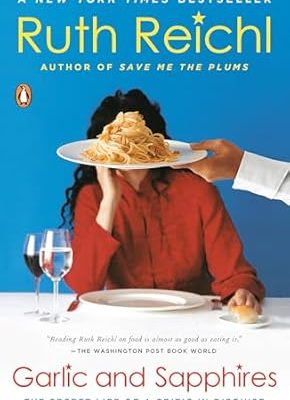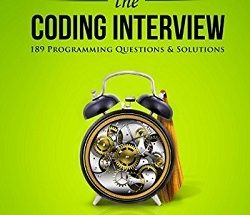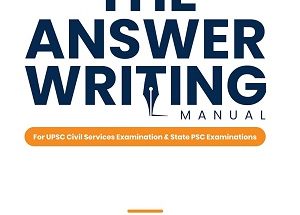The Secret Life of a Critic in Disguise
Food and words—both hold the power to transport. In Garlic and Sapphires, Ruth Reichl masterfully blends the two to serve up a memoir that is equal parts delicious, hilarious, and heartfelt. A former restaurant critic for The New York Times, Reichl brings readers into the clandestine world of food journalism, but what makes this book a standout is not just the culinary commentary—it’s the characters, the disguises, and the deeply human revelations that come with them.
When Reichl took on the prestigious post of food critic for The New York Times, she quickly realized that the power of her name preceded her. Chefs catered to her presence with unnatural perfection, offering experiences far removed from what the average diner might receive. To get around this—and to level the playing field—she did something radical: she donned disguises. Not just wigs and glasses, but full personas, with backstories, attitudes, even voices. Each one altered not only how she was treated, but who she became.
From the haughty, high-society Emily Stone to the spunky, thrift-store-loving Brenda, Reichl’s alter egos allowed her to explore the world—and herself—in ways she never imagined. Through these identities, Reichl reveals how clothes and mannerisms can shape perception and experience. The food may be the core of the book, but the psychological depth of these transformations adds a satisfying layer of richness.
What Reichl captures so brilliantly is the theater of dining—how we perform roles, how restaurants perform for us, and how identity is always a little fluid. Her writing is sharp, vivid, and often laugh-out-loud funny. Her descriptions of food verge on poetry, but never dip into pretension. Whether she’s savoring a perfect sushi course or wincing through a miserable steakhouse meal, her prose remains deeply personal and inviting.
But Garlic and Sapphires isn’t just about food or disguise; it’s also about growth. Through the course of the book, Reichl questions the ethics of criticism, the elitism of fine dining, and her own biases. Her forays into anonymity give her a rare glimpse into how class, gender, and status shape our experiences in ways that go far beyond a restaurant table.
What makes this memoir particularly engaging is its structure. Interspersed with her narrative are the original reviews she wrote for The New York Times, allowing readers to see the final product alongside the behind-the-scenes chaos. There are also recipes—simple, nostalgic, and deeply personal—that ground the book in the tactile pleasures of home cooking. It’s not just about what happens in restaurants; it’s about what food means in our lives.
Reichl’s honesty and vulnerability shine throughout. She doesn’t shy away from the emotional toll of leading a double life, from the strain on her family to the introspective moments of doubt. In fact, it’s these glimpses into her inner world that elevate Garlic and Sapphires beyond a niche food memoir into a truly resonant story of self-discovery.
In a world obsessed with image and performance, Garlic and Sapphires is a gentle but powerful reminder that the most meaningful moments often happen when we shed our masks—or, paradoxically, when we put them on. Whether you’re a foodie, a writer, or just someone navigating the complexities of identity, Reichl’s memoir has something delicious to offer.
Final Verdict:
Garlic and Sapphires is more than just a love letter to food—it’s a beautifully told story of identity, transformation, and truth. Witty, poignant, and thoroughly engaging, it’s a must-read for anyone who’s ever wondered what it’s like to live—and eat—in someone else’s shoes.




